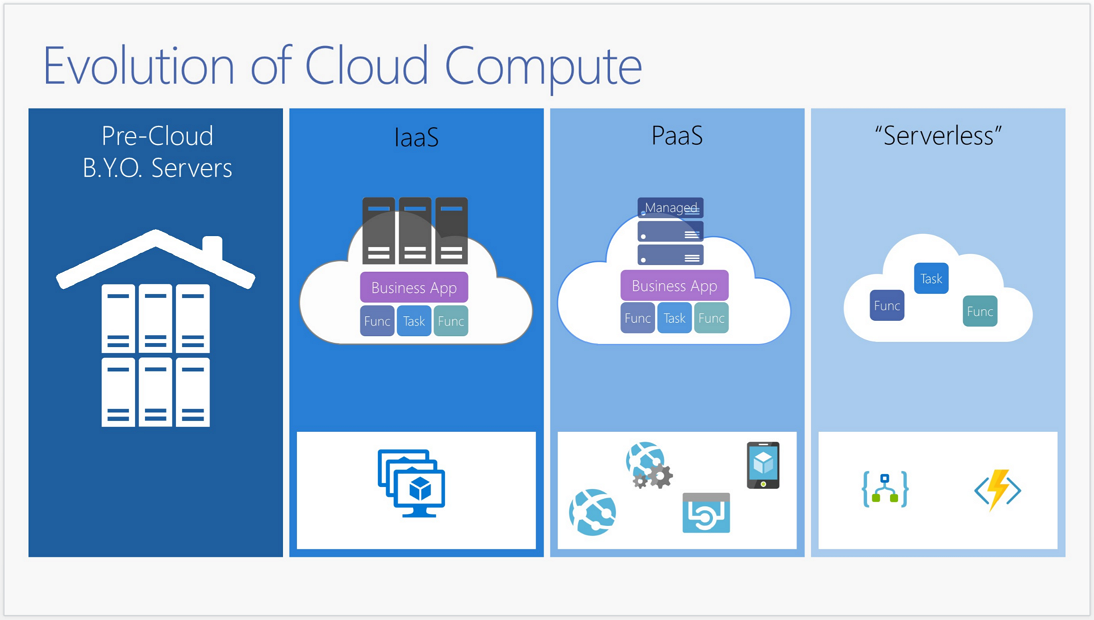Bulk import users into Azure AD B2C tenant with custom attributes
I would like to extend the sample available here to import users in bulk, current sample at the URL only creates a single user but we may have a situation where we want to migrate users from some other identity store to Azure AD B2C tenant.
We will be uploading a csv file to a storage account and the webjob will be reading it to create users into the B2C directory.
Login to Azure AD B2C tenant with your admin credentials (it would be something like YourUserName@YourB2CTenant.onmicrosoft.com).… [Keep reading] “Bulk import users into Azure AD B2C tenant with custom attributes”


